Jupiter 12 35mm F2.8
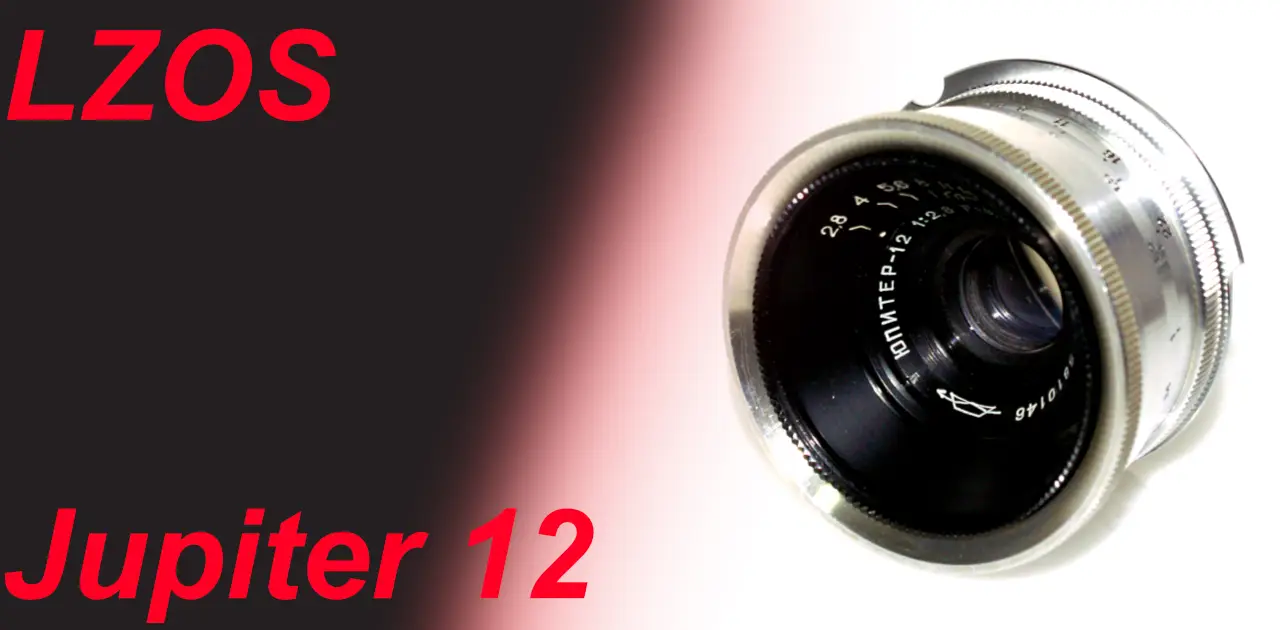
Review and photo examples of the Russian-made Jupiter 12 35mm
Table of contents
- The sample photo were taken with the LEICA M8.2
- The sample photo were taken with the SONY α7Sii
Photo example
Review
The Jupiter 12 is a lens that is said to be a copy of the Zeiss Biogon, and has a symmetrical optical system and a distinctive protruding rear lens.
Although it is a lens with a large protruding rear element, there is not much vignetting in the photographic results, perhaps due to the focal length of 35mm, and it can be used as a regular lens if attached to a camera. If you have a 35mm full-frame sensor, you can install it with almost no problems, but be careful when installing cameras with APS-C sensors that have walls around the sensor, as the sensor wall and rear lens may come into contact. is necessary.
A 35mm full-frame sensor has high resolution in the center, but the image becomes looser towards the periphery. It is common with older designed lenses that the resolution of the image plane is not uniform. This effect is good for highlighting the subject, but is not suitable for documentary purposes. Thanks to the symmetrical optical system, there is little distortion in the straight sections, so the looseness at the periphery can seem disappointing. The Leica M8’s APS-H sensor doesn’t use the surrounding area, so I feel it takes neat pictures. When used with HASSELBLAD’s X2D, there is no image circle that covers 44x33mm.
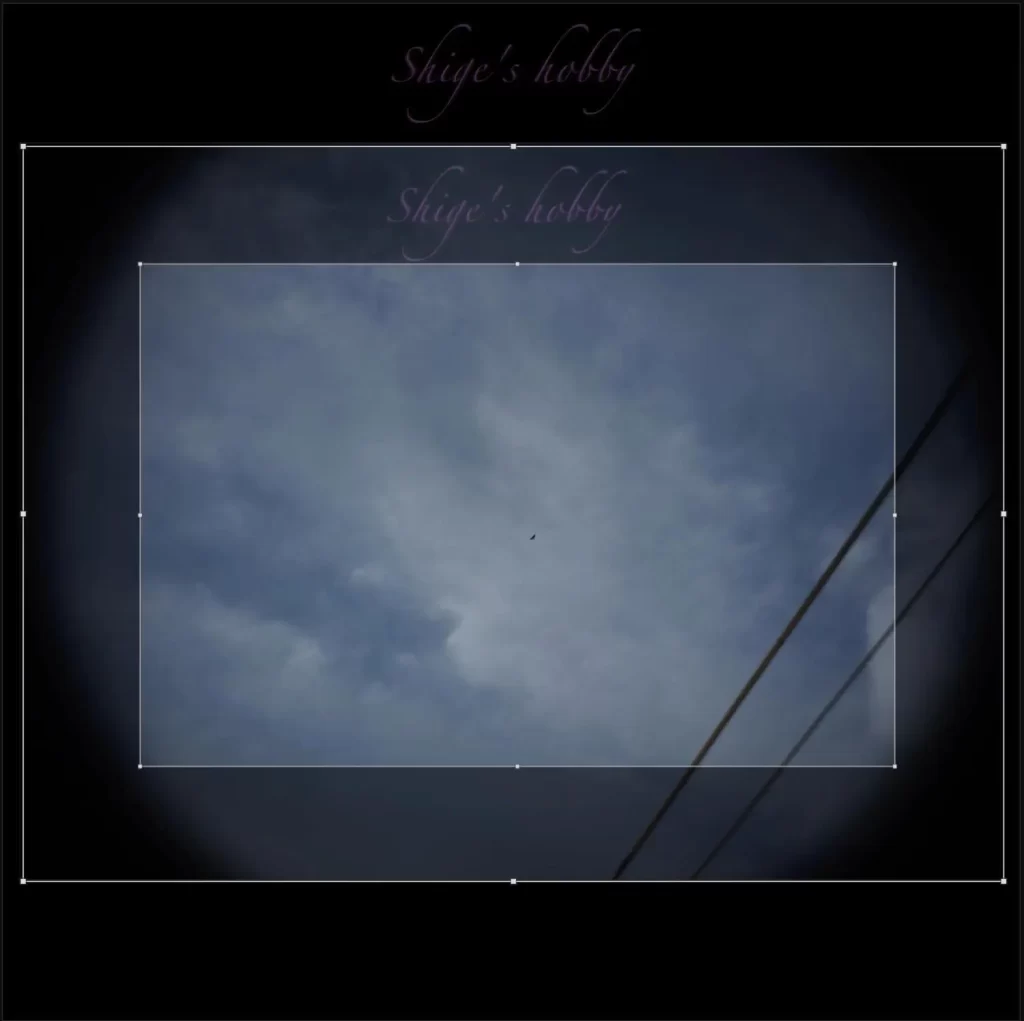
Also, when shooting with the aperture wide open, the F value is 2.8, but the focus area is thinner than the numerical value, making it feel harsh.
In particular, when you focus at a desired position and then move the shooting position to change the composition, you often notice a shift in the focus position. Even if you move the camera to the extent that it wouldn’t be a problem with other lenses, oh my! I think that the softness of the periphery of this lens is having an effect on changing the shooting position.
Lenses made in Russia are either dug up from dead stock or newly manufactured, and lenses whose condition is unknown are sold at outrageous prices. It seems safe to buy at a low price and be prepared to junk it, or to see the actual product before purchasing.
In fact, I bought it three times because the price was low, and the condition was different, but all three of them had oil seeping into the aperture blades. I feel like Russian lenses tend to have oil stains on the aperture blades.
There is no problem as long as the oil doesn’t stick and the wings don’t open, but if you keep it in a moisture-proof storage for a long time, I feel like it will harden eventually.
The first lens I purchased was made by KMZ, and the second and third lenses were made by LZOS. There seems to be another one made by Arsenal, but I’ve never seen that one.
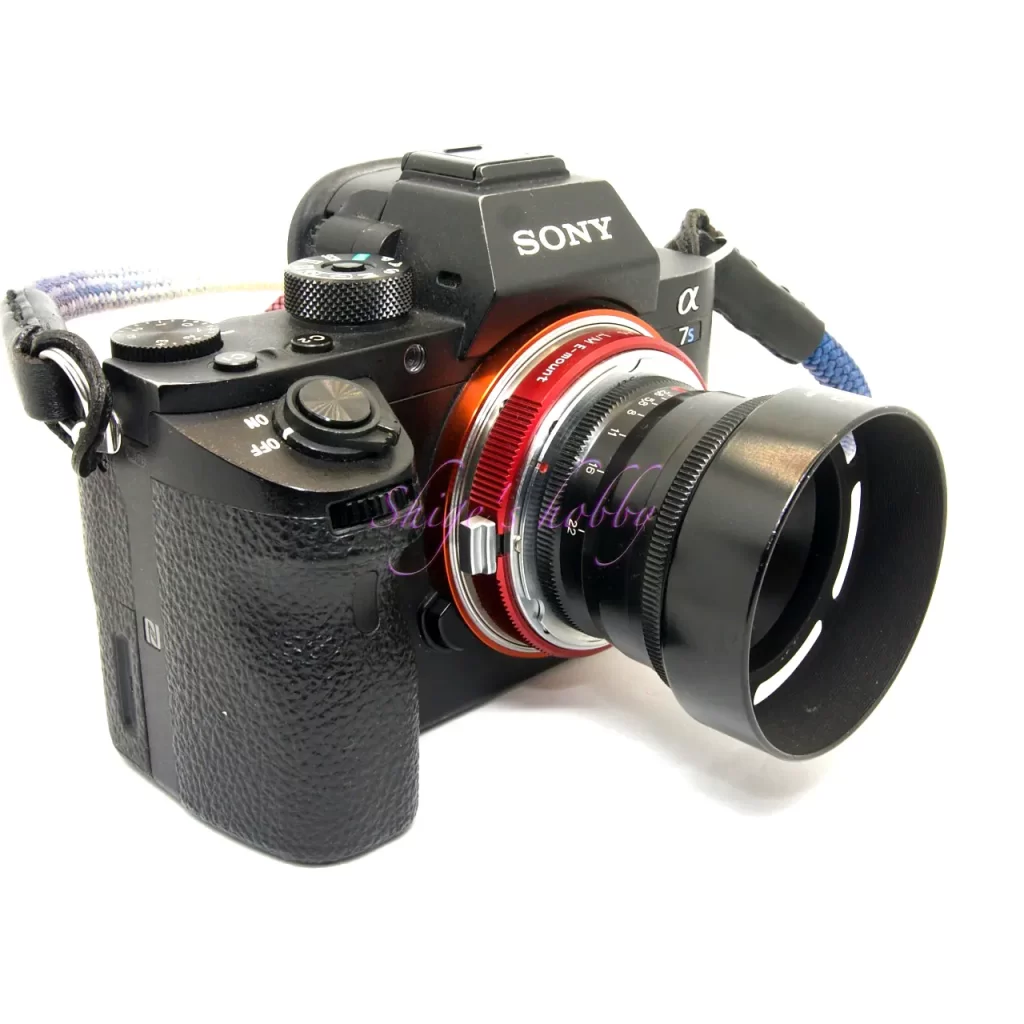
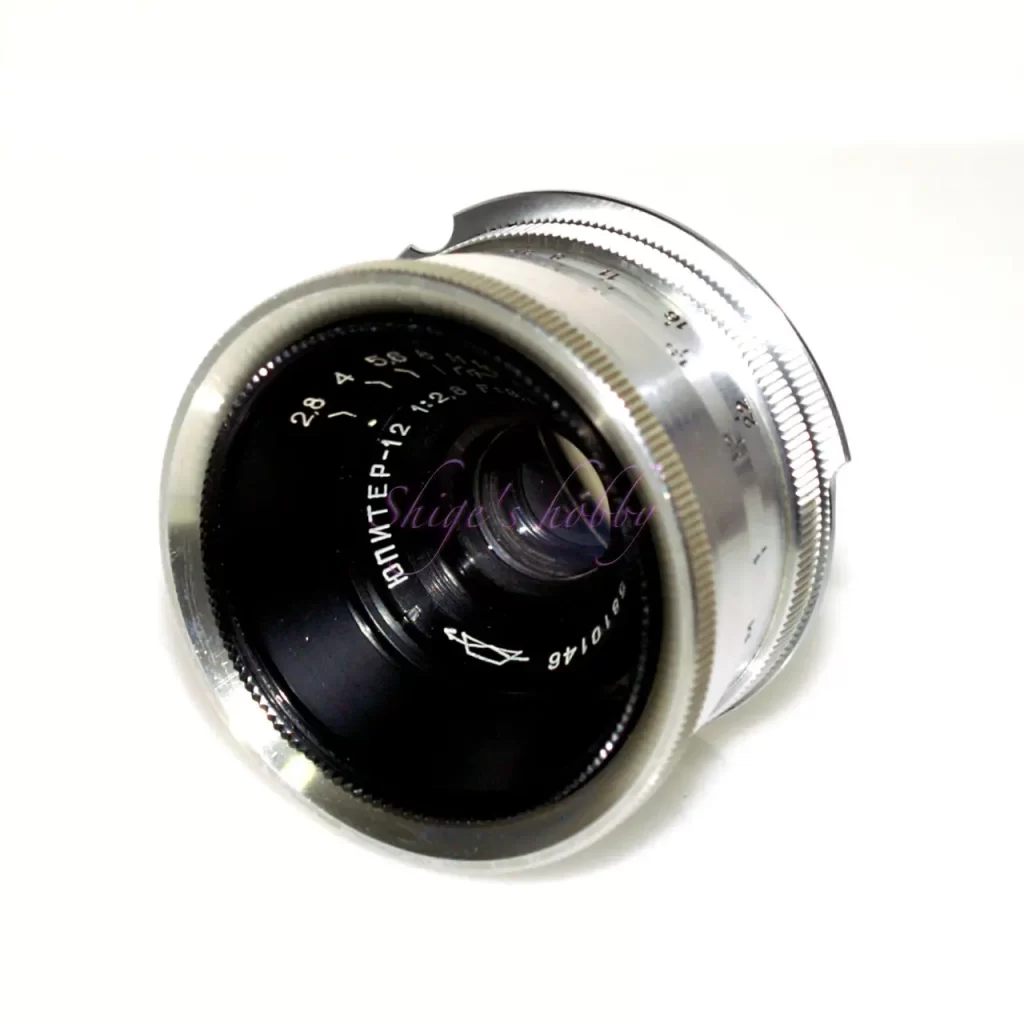
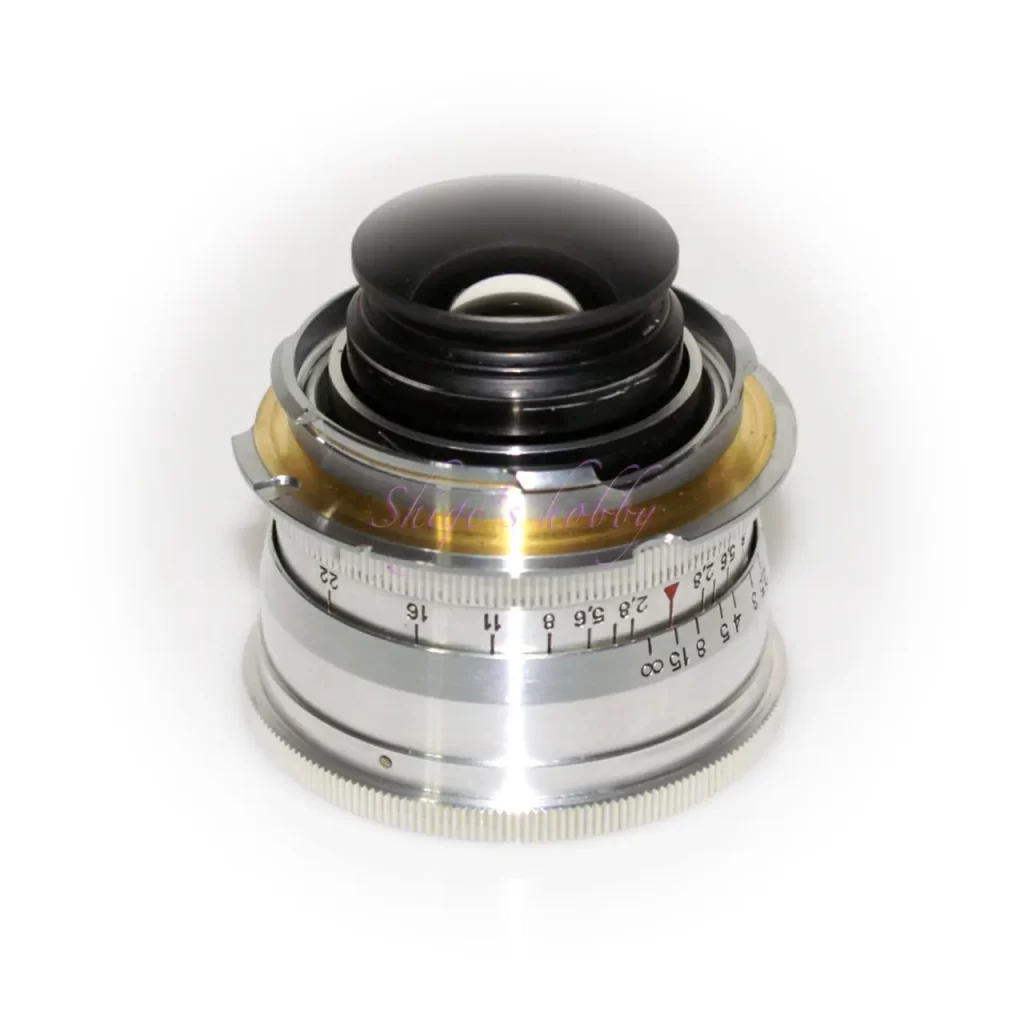
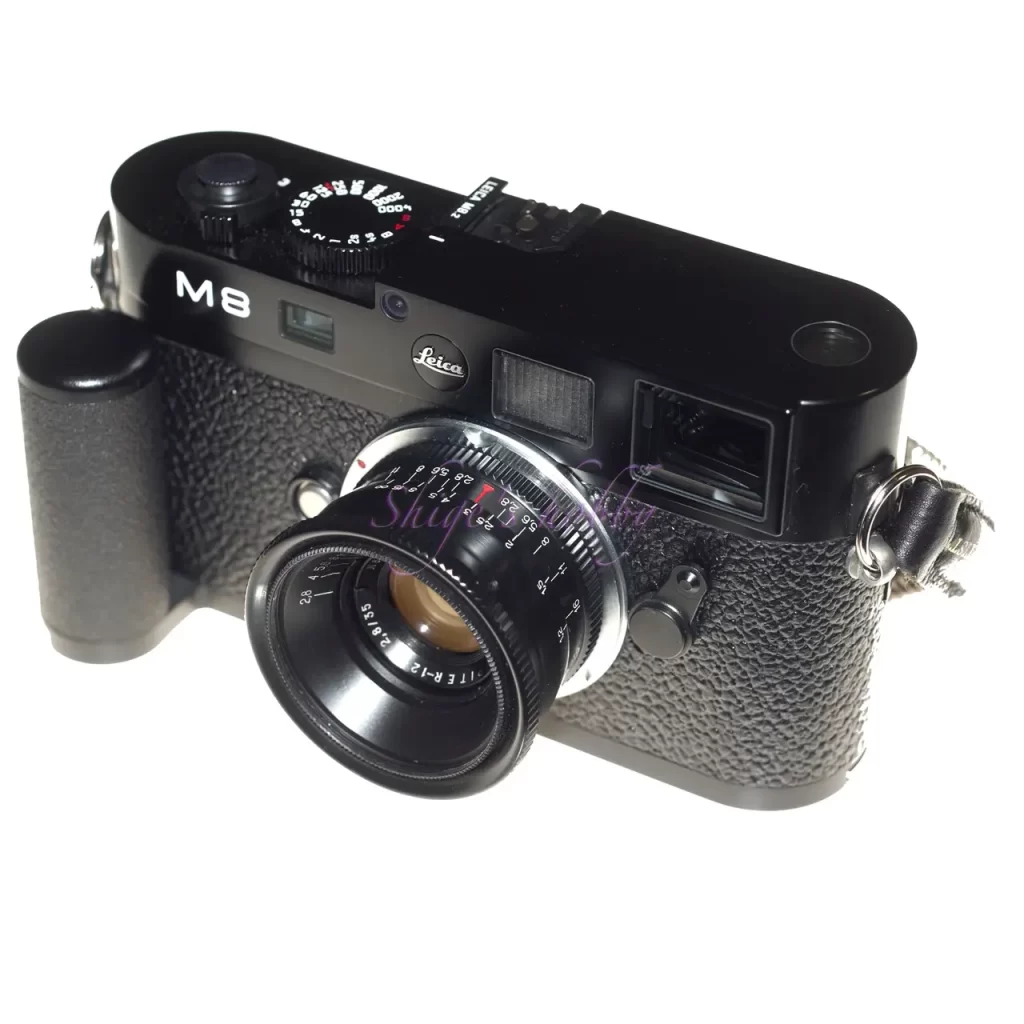
Specification
| Items | Jupiter 12 | Biogon | C-Biogon |
| Focal length(mm) | 35 | 35 | 35 |
| Max aperture | 2.8 | 2.8 | 2.8 |
| Min aperture | 22 | ← | ← |
| Lens Construction | 6elements in 4groups | 6elements in 4groups | 7elements in 5groups |
| Leaf blade | 5 | ← | 10 |
| Min distance(m) | 1.0 | ← | 0.7 |
| Lens length(mm) | 30 | ? | 30 |
| Max diameter(mm) | 51 | ? | 52 |
| Filter Size(mm) | 40.5 | ←(Not a 0.5 pitch?) | 43 |
| Hood | – | – | Bayonet hood |
| Release date | 1950(L39)- | 1937(Contax) | 2008(VM) |
| Construction number | – | – | – |
| Weight(g) | 116 with Walz hood | ? | 200 |
Reference links
Update history
- 2024.05.05
- 2023.12.31
Affiliate links
- Please see the disclaimer regarding advertising here.
- Italicized links in the text are advertisement links that take you to other sites.

Leave a Reply